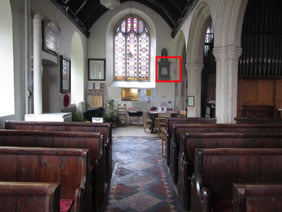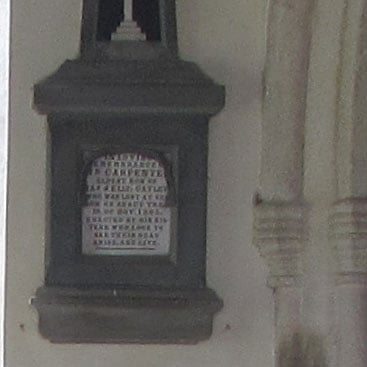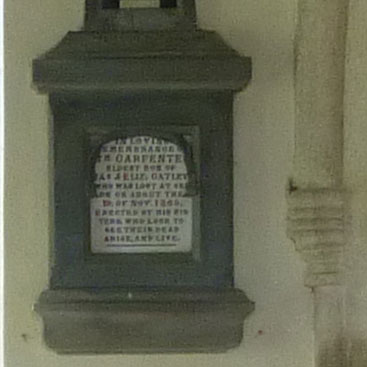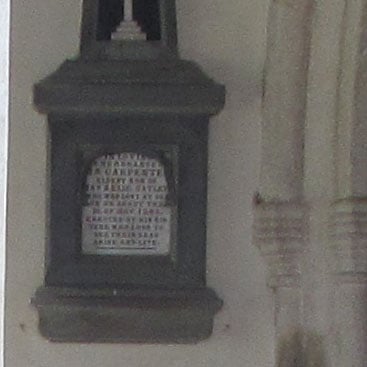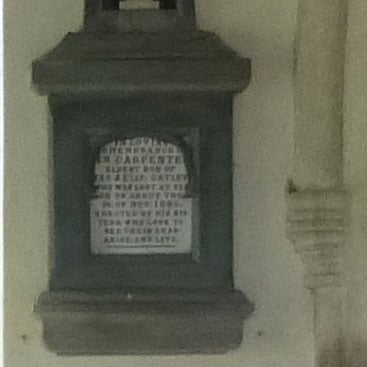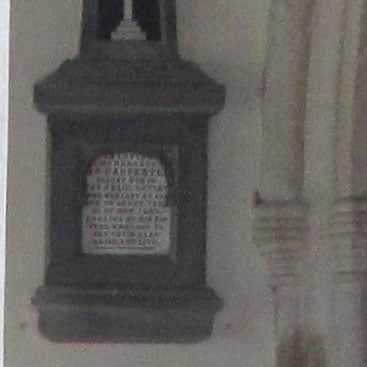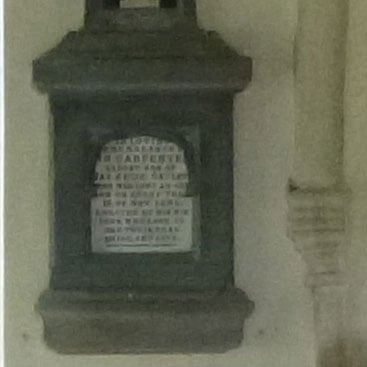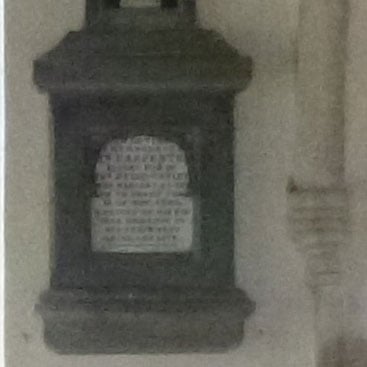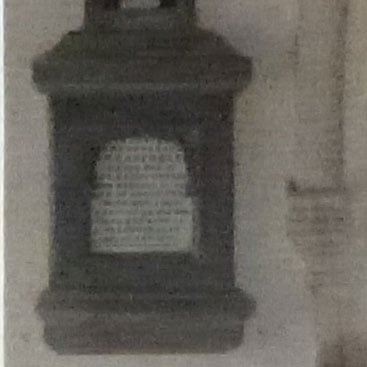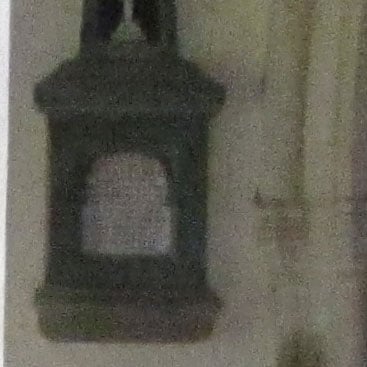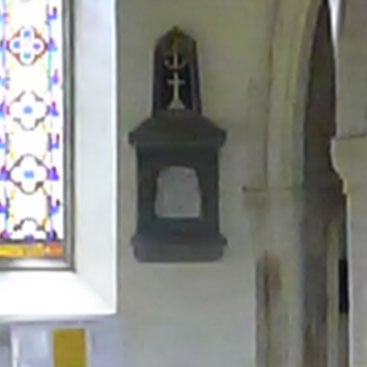Canon PowerShot D20 review
-
-
Written by Ken McMahon
Quality
Canon D20 vs Panasonic TS20 / FT20
|
Canon PowerShot D20 |
Panasonic Lumix TS20 / FT20 | |
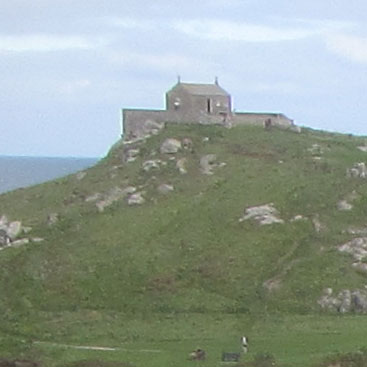 | 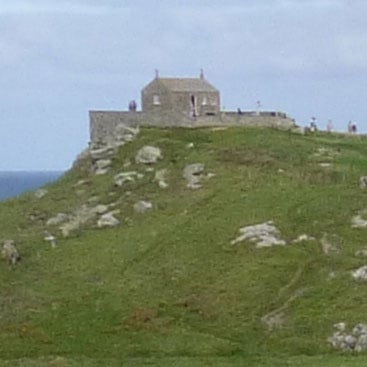 | |
f3.9, 100 ISO |
f4.2, 100 ISO | |
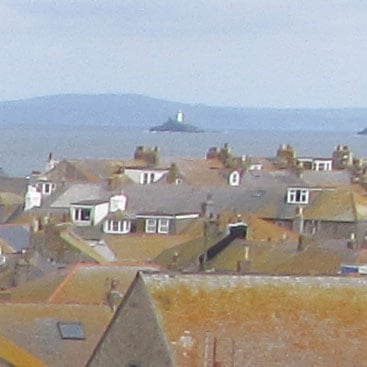 | 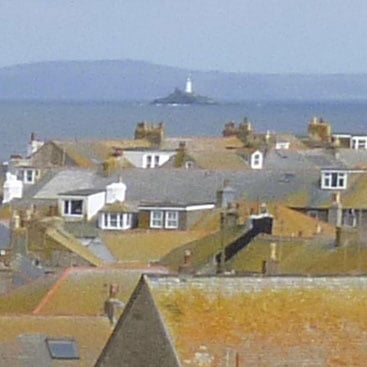 | |
f3.9, 100 ISO |
f4.2, 100 ISO | |
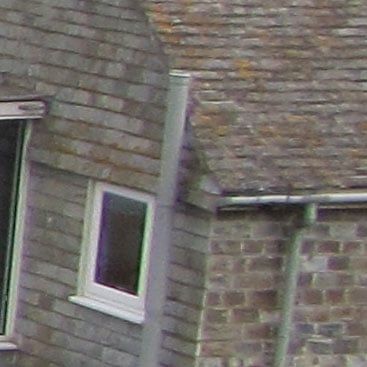 | 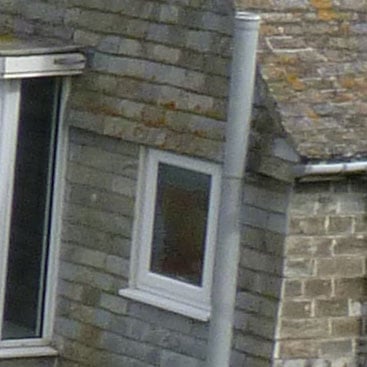 | |
f3.9, 100 ISO |
f4.2, 100 ISO | |
 |  | |
f3.9, 100 ISO |
f4.2, 100 ISO |
Canon D20 vs Panasonic TS20 / FT20 Noise
The above shot was taken with the Canon PowerShot D20. The lens was set to the maximum 28mm wide angle position and the Lumix TS20 / FT20, with which I’ve compared it here, was zoomed in slightly to give an equivalent field of view. Image stabilisation was disabled for this tripod-mounted test. In Program Auto mode the PowerShot D20 chose an exposure of 0.4s at f3.9 at 100 ISO. At the base 100 ISO setting the crop from the PowerShot D20 looks reasonably clean and well detailed but it’s not by any means noise free. You don’t have to look too hard to see a granular texture that’s visible pretty much everywhere, not just in the areas of flat colour on the wall, but on the memorial plaque itself. Even at the base ISO setting, the noise is intererfering with the finer detail and the text isn’t as readable as it could be. At 200 ISO, as you’d expect, the noise gets worse, but because there’s already significant noise at 100 ISO, at 200 it’s fast becoming a cause for concern. And at 400 ISO it’s becoming quite severe. On compacts with good noise performance you can switch between the lower ISO settings in confidence that, even at close to 100 percent viewing sizes, the quality will be close to the best the camera can produce. You can’t say that about the PowerShot D20, though, and I’d think carefully before nudging it off the base ISO setting. At 800 ISO the noise is severe enough to render the memorial text almost unreadable, this is a dip in quality you’ll begin to notice even at smaller sizes and by the 1600 ISO setting we’re into territory reserved for those must-have shots. It’s nice to have the full-resolution 3200 ISO option on the ISO range, rather than as a lower resolution scene mode as on the PowerShot D10 and the Lumix TS20 / FT20 but, even more so than 1600 ISO, this one is best held in reserve for real emergencies. Compared with the results form the Panasonic Lumix TS20 / FT20, the PowerShot D20 crops show a larger area with smaller detail because of the different sensor resolutions – 12.1 Megapixels on the D20 compared with 16.1 on the TS20 / FT20. Another difference woth noting is that the D20 has a CMOS sensor whereas the Lumix TS20 / FT20 has a CCD. Both of these factors would lead you to expect superior noise performance from the PowerShot D20. Well, I’d say the D20 does have the edge here, but it’s pretty marginal and it only really makes a difference at the higher ISO sensitivities. Up to 400 ISO there’s actually very little to choose between these two models. At 800 ISO, the TS20 / FT20 crop is a little softer but has cleaner edges than the D20. The PowerShot D20 1600 ISO crop is better than the TS20 / FT20’s, though, and it can produce a full resolution 3200 ISO image compared with the reduced resolution 3.1 Megapixel option on the FT20. So, a win for the PowerShot D20, but not by as much of a margin as you might have expected. Now head over to my Canon D20 sample images to see some more real-life shots in a variety of conditions.
|
